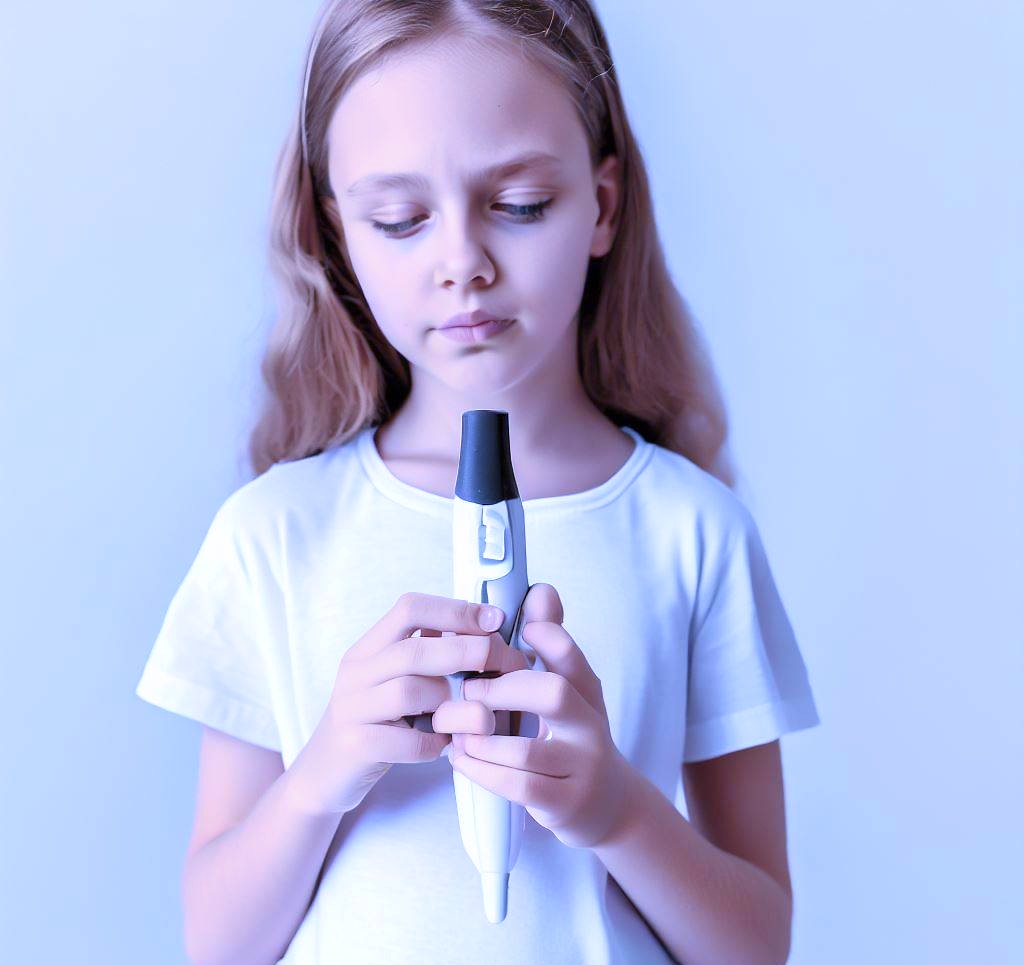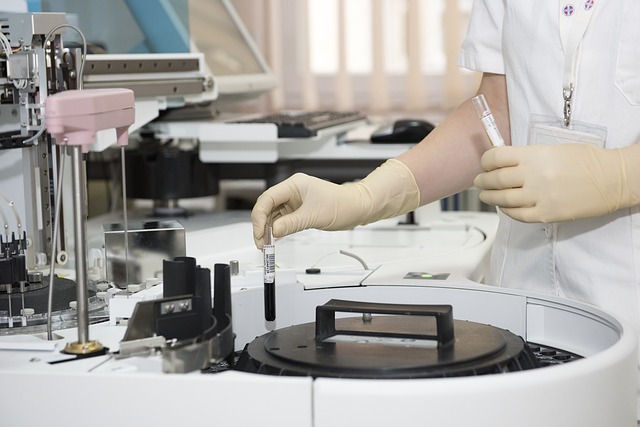Understanding 3D Pens: A Creative Tool
A 3D pen is a portable device that utilizes heated plastic filament to craft three-dimensional objects. By controlling the movement of the pen, users can draw or sculpt the desired object. The plastic is heated until it reaches its melting point and is then extruded through the pen’s nozzle. Once the plastic cools down and solidifies, it forms the final 3D object.
Unleashing Creativity with a 3D Pen
The possibilities with a 3D pen are vast, ranging from basic shapes to intricate models. Its versatility enables users to undertake educational, artistic, or practical projects. Whether it’s designing jewelry, crafting accessories, prototyping products, or exploring imaginative ideas, a 3D pen opens up a world of creativity.
Benefits of Embracing the 3D Pen
One of the significant advantages of using a 3D pen is its user-friendly nature, making it accessible to people of all ages. It serves as an excellent entry point for learning about 3D printing technology and allows users to fashion unique and personalized objects. Additionally, 3D pens are relatively affordable, making them a viable option for those curious about diving into the world of 3D printing.
Exploring the Limitations
Despite their innovative capabilities, 3D pens have certain limitations. The size of the pen’s nozzle restricts the size of the objects that can be created. Furthermore, the cost of the plastic filaments used in the pen can add up, and the resulting objects may not possess the same durability and strength as those produced through traditional 3D printing methods.
Conclusion: Unlocking Creativity with 3D Pens
In conclusion, 3D pens are exceptional tools that offer enjoyment and versatility when crafting a diverse array of objects. Whether you’re an enthusiast looking to delve into the world of 3D printing or someone eager to realize their creative visions, a 3D pen presents an exciting and accessible option.
Additional details about 3D pens:
– The plastic filaments used in 3D pens are typically made of ABS or PLA, with ABS being a stronger plastic and PLA being more biodegradable.
– The plastic’s temperature in a 3D pen typically hovers around 200 degrees Celsius.
– Users can adjust the extrusion speed of the plastic, allowing for objects with varying levels of detail.
– 3D pens can be utilized on various surfaces, including paper, cardboard, and fabric, expanding their utility in creative projects.
Tips to Use 3D Pen:
Here is a step-by-step guide on how to effectively use a 3D pen:
1.Prepare the 3D Pen:
Ensure that your 3D pen is connected to a power source and set to the appropriate temperature based on the type of plastic filament you plan to use.
2.Load the Filament:
Insert the chosen plastic filament into the pen’s loading port. Common options are ABS for strength or PLA for biodegradability.
3.Initiate Drawing:
Hold the 3D pen as you would a regular pen and press the extrusion button to start the flow of plastic. You can adjust the extrusion speed using the pen’s speed settings.
4.Craft Your Object:
Begin by creating simple shapes or progress to more intricate designs. Explore various techniques to unleash your creativity and discover the potential of the 3D pen.
5.Allow Cooling:
Once your creation is complete, allow sufficient time for the plastic to cool and solidify. After cooling, your 3D object will be ready for use.
Additional Tips for Optimal 3D Pen Usage:
Start with Simplicity:
If you are new to 3D pen usage, start by practicing with basic shapes. This will help you become familiar with the pen’s controls and plastic extrusion.
Experiment with Speed:
Adjusting the extrusion speed impacts the thickness of the lines you create. Experiment with different speeds to find the one that suits your preferences.
Explore Techniques:
Don’t limit yourself to just drawing; explore various techniques like sculpting and welding pieces together. The versatility of a 3D pen allows for a wide range of artistic expressions.
Exercise Patience:
Becoming proficient with a 3D pen takes time and practice. Don’t be discouraged if your initial attempts are not perfect. Keep honing your skills, and you’ll gradually improve.
Is 3D Pen is Safe:
3D Pens and Kids: Safety Guidelines for Responsible Use
When it comes to kids using 3D pens, safety is of utmost importance. With adult supervision and proper precautions, these devices can offer a safe and creative experience. Here are some essential safety tips for using 3D pens with kids:
1.Protective Eyewear:
Always ensure kids wear safety glasses while using a 3D pen. This simple measure safeguards their eyes from any potential plastic splatter.
2.Avoid Contact with the Heated Nozzle:
Emphasize to kids never to touch the heated nozzle of the pen. The nozzle can become extremely hot and cause burns.
3.Choose Kid-Friendly 3D Pens:
Opt for 3D pens specifically designed for kids. These pens typically operate at lower temperatures and employ safer materials.
4.Close Supervision is Key:
Keep a watchful eye on kids while they are using the 3D pen. Close supervision ensures they follow safety guidelines and helps prevent accidents.
Before purchasing a 3D pen for your kids, consider the following points:
1.Age-Appropriate Design:
Make sure the pen is suitable for kids in terms of design and safety features.
2.Temperature Control:
Check the pen’s temperature settings to ensure they are safe for children to handle.
3.Constant Supervision:
Always supervise kids during their creative sessions with the 3D pen.
By adhering to these safety measures and providing adequate supervision, 3D pens can become a delightful and secure tool for kids to express their creativity.
Remember, safety first, and enjoy the creative journey!
Price Ranges of 3D Pens:
The cost of 3D pens varies depending on their features and quality. Basic 3D pens are generally priced around $50, while more advanced models can range from several hundred dollars.
Here is a breakdown of the price range for 3D pens:
Budget-Friendly 3D Pens:
These pens typically fall within the $50 to $100 range, making them an excellent choice for beginners or those seeking a straightforward, entry-level option.
Mid-Range 3D Pens:
Priced between $100 and $200, mid-range 3D pens offer enhanced features and improved quality compared to their budget-friendly counterparts.
High-End 3D Pens:
These top-tier pens typically cost over $200. They boast the most advanced features and superior quality, but they come with a higher price tag.
Several factors can influence the price of a 3D pen, such as:
Features:
The inclusion of various features impacts the cost of a 3D pen. Examples include compatibility with different filament types, adjustable nozzle temperature, and the ability to create diverse objects.
Materials and Build Quality:
The materials used in constructing the 3D pen contribute to its price. Pens made from high-quality materials tend to be more expensive than those with lower-grade components.
Brand Reputation:
The brand of the 3D pen is a significant factor in pricing. Well-established and reputable brands often command higher prices than lesser-known alternatives.
When selecting a 3D pen, it’s essential to consider both your budget and specific needs. Beginners may find budget-friendly pens adequate for their requirements, while experienced users might prefer mid-range or high-end options with additional features and better performance.
Remember to assess your preferences and budget before making a decision, ensuring you find the ideal 3D pen that suits your creative ambitions.
Difference between Adult & Kids 3D Pens:
Differences between adult and kids 3D pens can be summarized into three key aspects:
1.Temperature:
Adult 3D pens are designed to handle stronger plastics, requiring higher temperatures to melt them effectively. Conversely, kids 3D pens use a safer plastic and, thus, have a lower temperature setting.
2.Features:
Adult 3D pens come with a wider array of features compared to kids’ 3D pens. These may include adjustable temperature settings, dual-color mode, and built-in filament sensors. Kids’ versions, on the other hand, tend to be simpler with fewer features.
3.Price:
Adult 3D pens generally come at a higher cost than kids’ versions due to their enhanced features and use of higher-quality materials. Kids’ 3D pens, being simpler and more basic, are typically more affordable.
In choosing the right 3D pen for your needs, consider the following factors:
1.Experience Level:
Beginners might find it beneficial to start with a simpler kids’ 3D pen and then upgrade to an adult version with more features as they gain experience.
2.Budget:
Set a budget before shopping to ensure you find a pen that meets your needs without overspending. 3D pens can range from around $50 to $500.
3.Project Complexity:
The complexity of your projects also plays a role in choosing the right pen. For intricate designs, opt for a pen with more features, while simpler projects can be achieved with a basic pen.
Ultimately, the best choice between adult and kids’ 3D pens depends on individual preferences and requirements. Adults seeking powerful and feature-rich pens will benefit from adult versions, while kids looking for safe and user-friendly options should opt for kids’ 3D pens.








